How do I compute the total paintable area? How much paint should I buy? What formula should I use when I need to estimate how much paint I need? These are some of the usual questions that we get repeatedly. That’s why we made this test to answer those questions and help you practice estimating the amount of paint you’ll need.
Your reviewer:
Paint Calculator: Estimate the Coverage and Amount of Paint You Would Need
Boysen Tutorials: How Much Paint Do I Need?
Hey, don’t skip the reviewer! You’ll get some hints there so you can get a perfect score. When you’re done reading, get a pen and paper, and take the test. Yes, calculators are allowed.
Easy as one-two-three!
All of these are reasons why you have to estimate how much paint you’ll need for a painting job, except.
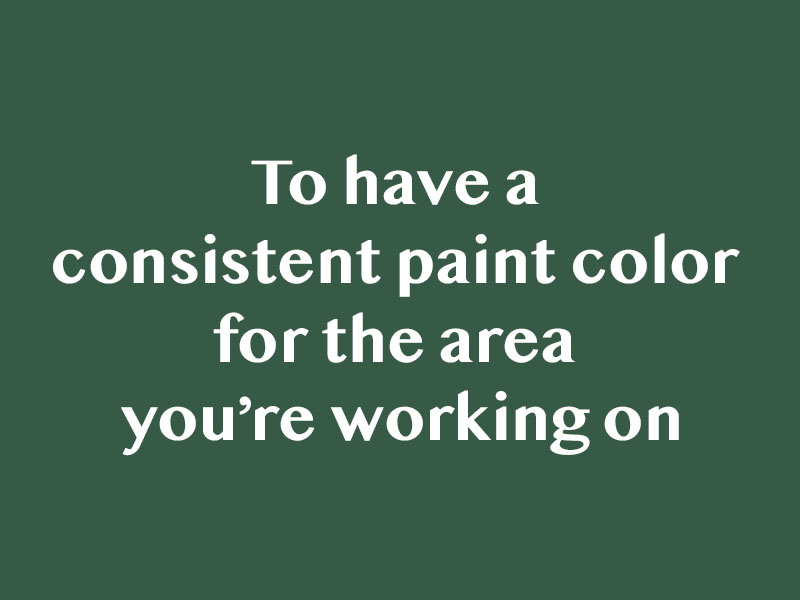
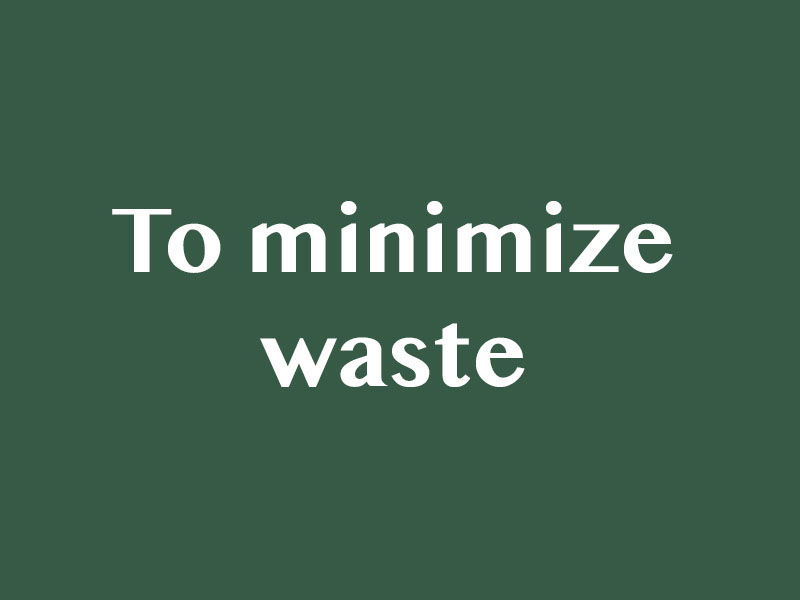
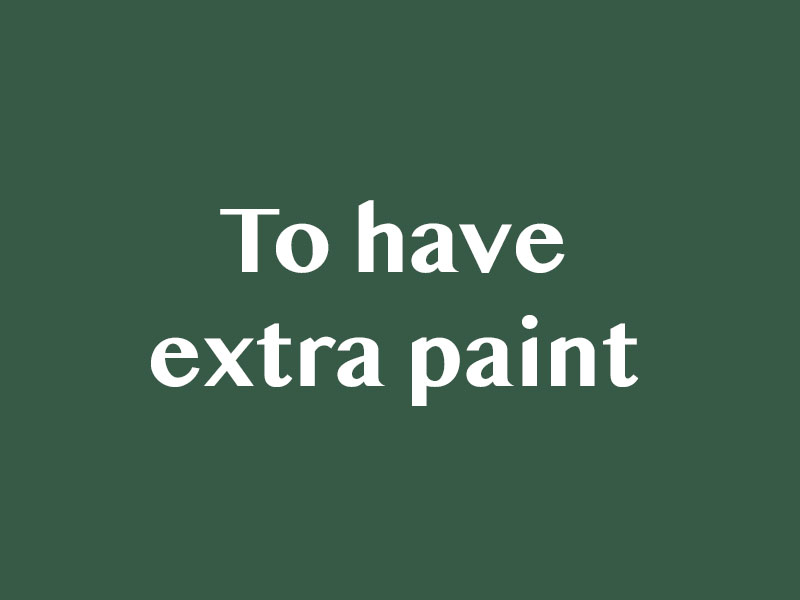
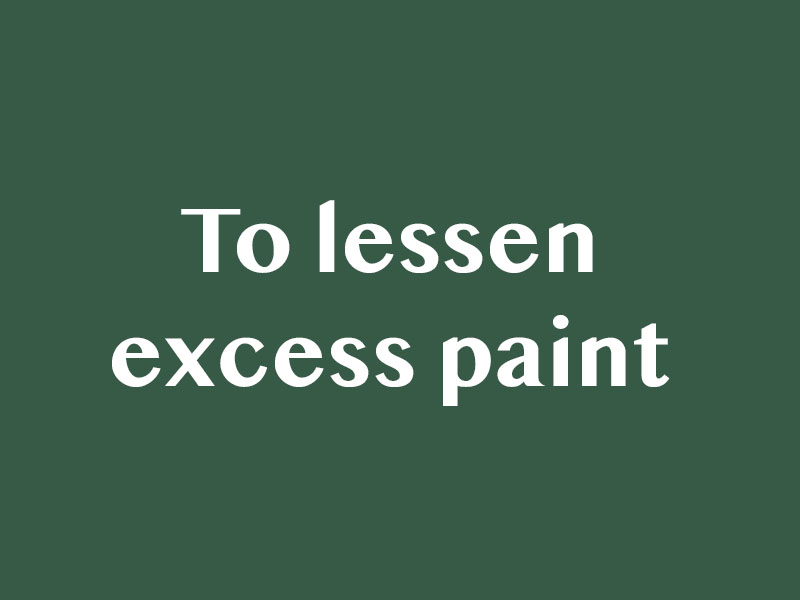
We need to get the right estimate of the amount of paint we’ll need for our painting job because we want to avoid getting too much or too little paint. If we get too much paint, we’ll have excess paint. Leftover paints like water-based paints do expire, so we have to make sure that once we’ve opened a can we’ll use it all. More importantly, we want to minimize waste.
On the other hand, if we get too little paint, the paint color won’t be consistent for the whole area we’re working on. That’s why it’s always best to plan our approach and estimate how much paint we’ll need.
How do you compute for a wall’s surface area?

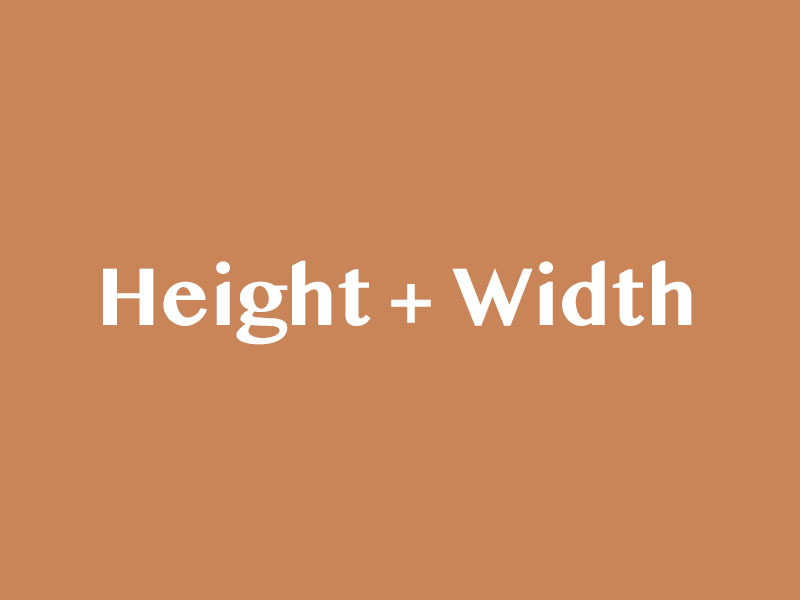
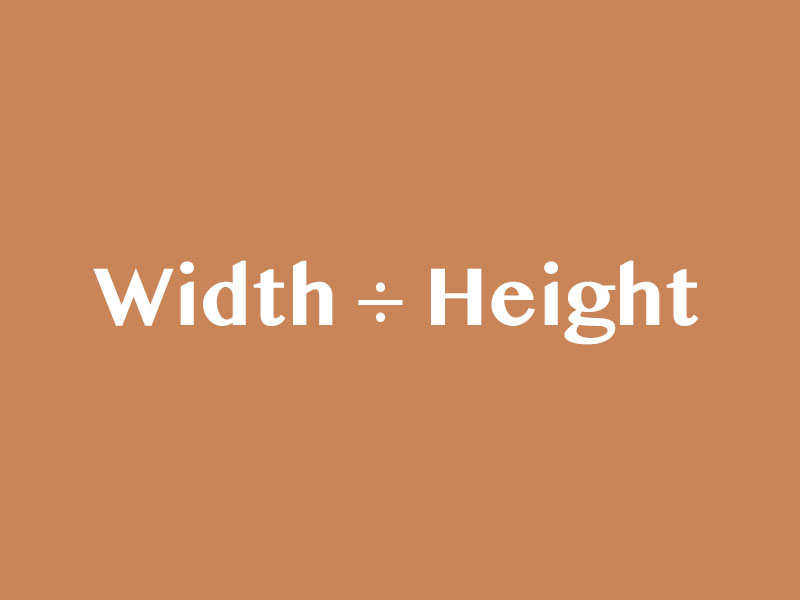

Measure the height (taas) and width (lapad) of the wall. To calculate the area of a wall, we multiply the height and width of it. If you are painting more than one wall, just add the total areas together. Then, subtract the surface areas of the doors, windows, and fixtures from the product. The difference is the total paintable area.
If you’re painting an accent wall with a height of 3 meters and a width of 4 meters, what’s the surface area or total paintable area?
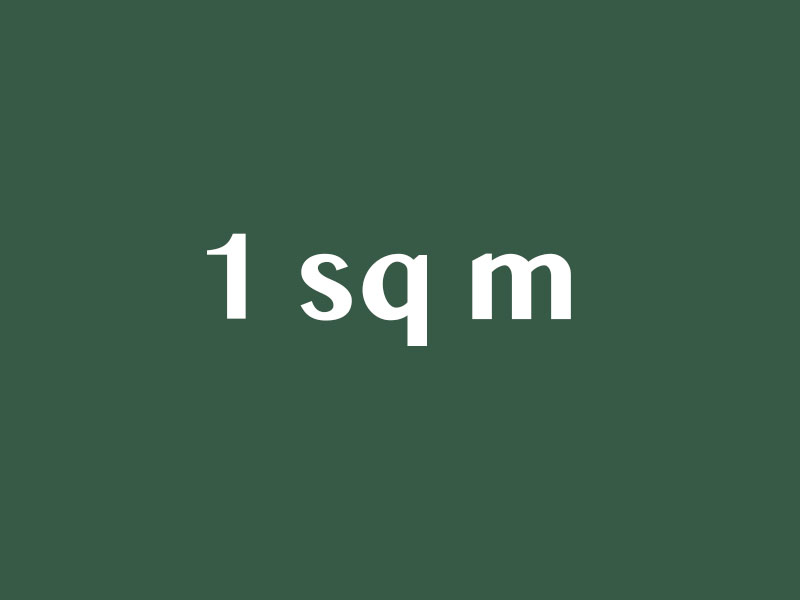
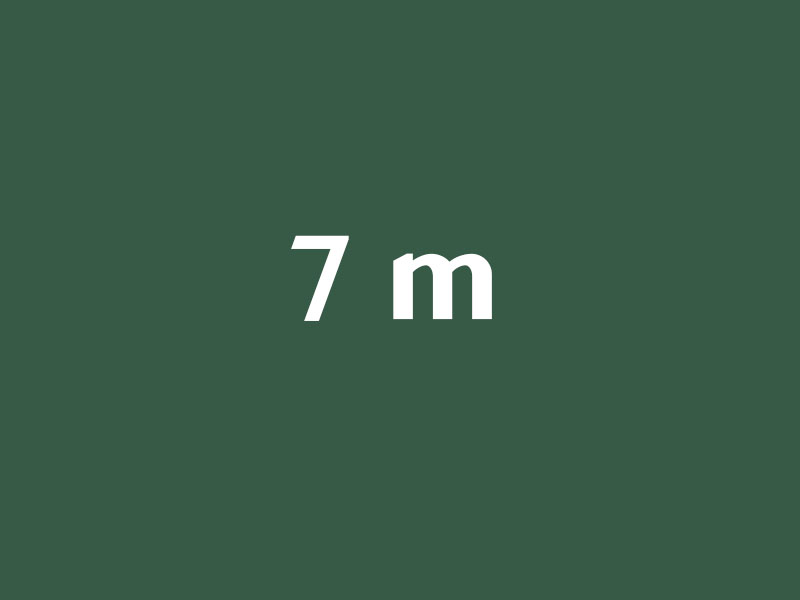
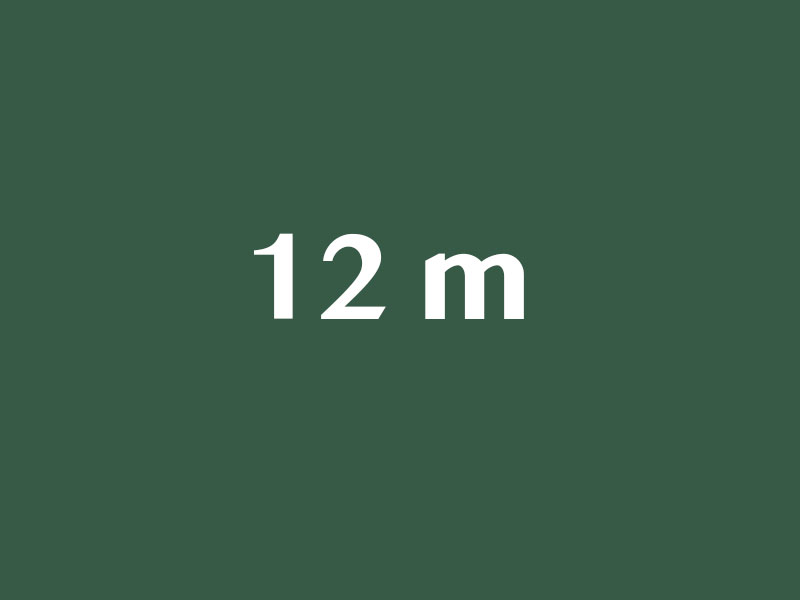
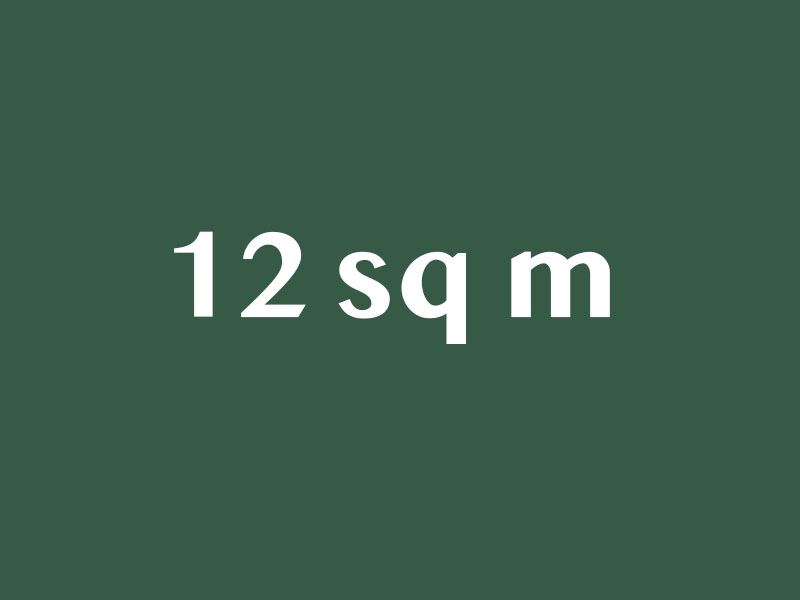
Using the Height x Width formula, we multiply 3 meters by 4 meters. The correct answer is 12 sq m.
Imagine that you’re a painter and you need to paint the walls of a square room. Hypothetically, this room doesn’t have a door or a window. If one wall has a height of 3 meters and a width of 4 meters, what’s the total paintable area?
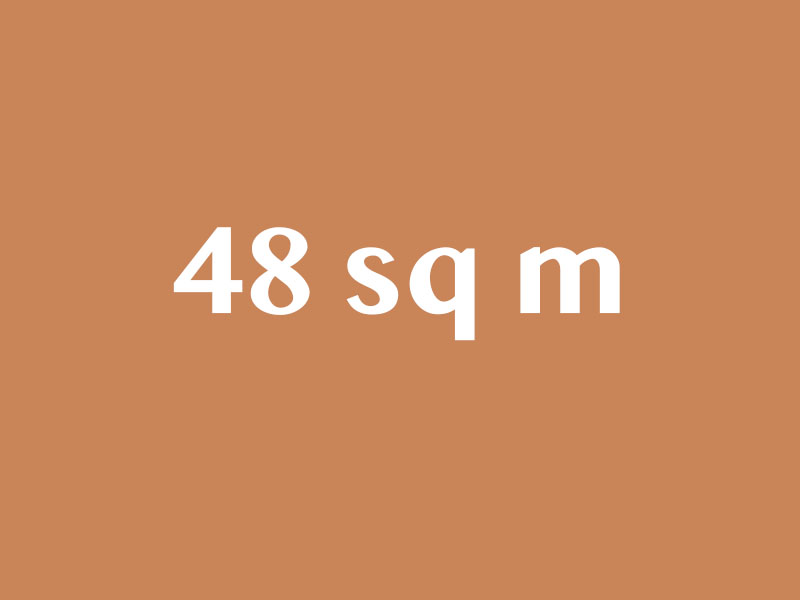
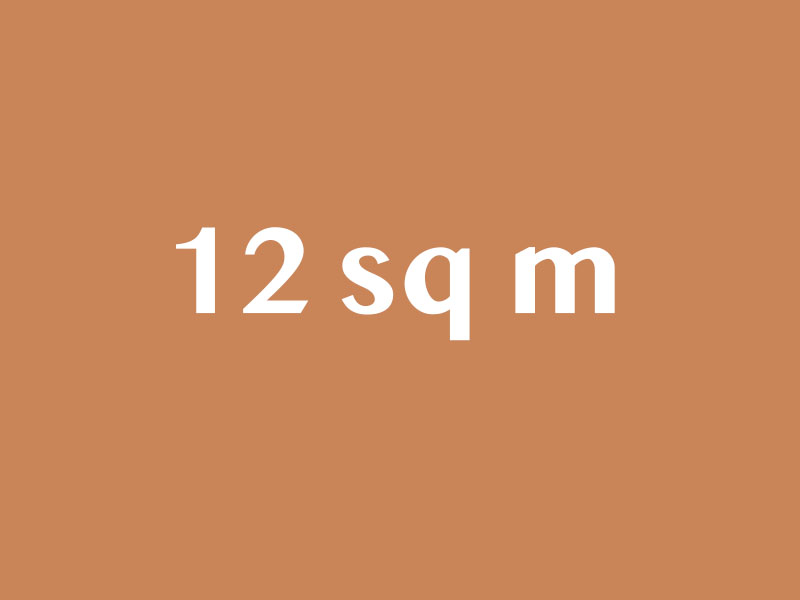
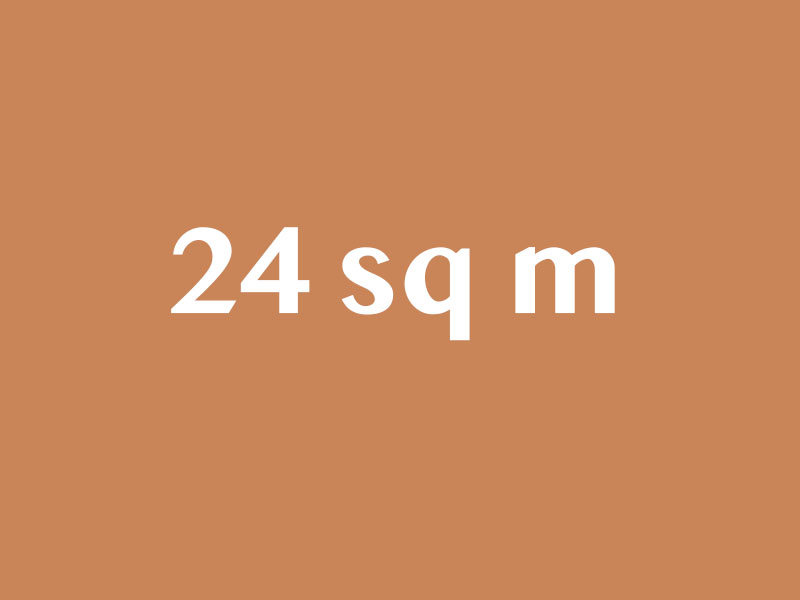
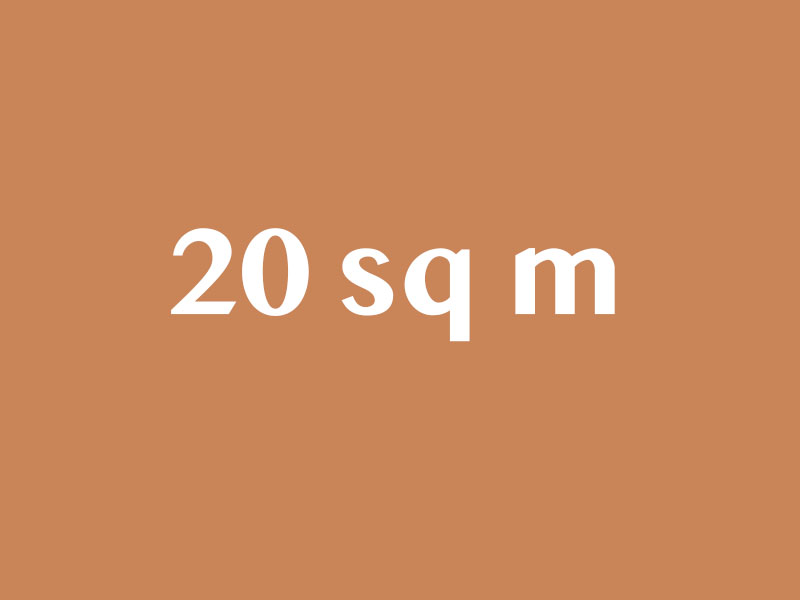
Using the Height x Width formula, we multiply 3 meters by 4 meters. You’ll get 12 sq m. Since it’s a square room, you can assume that each wall has an equal surface area of 12 sq m. Because you’ll be painting all four walls, we need to add up the surface area of the walls. The sum is the total paintable area. (12 sq m + 12 sq m +12 sq m + 12 sq m= 48 sq m)
Again, imagine that you’re a painter and you need to paint the walls of a square room. One wall has a height of 3 meters and a width of 4 meters. It also has a door (.8 m width x 2.2 m height) and a window (1.2 m width x 1.2 m height). Calculate the total paintable area.
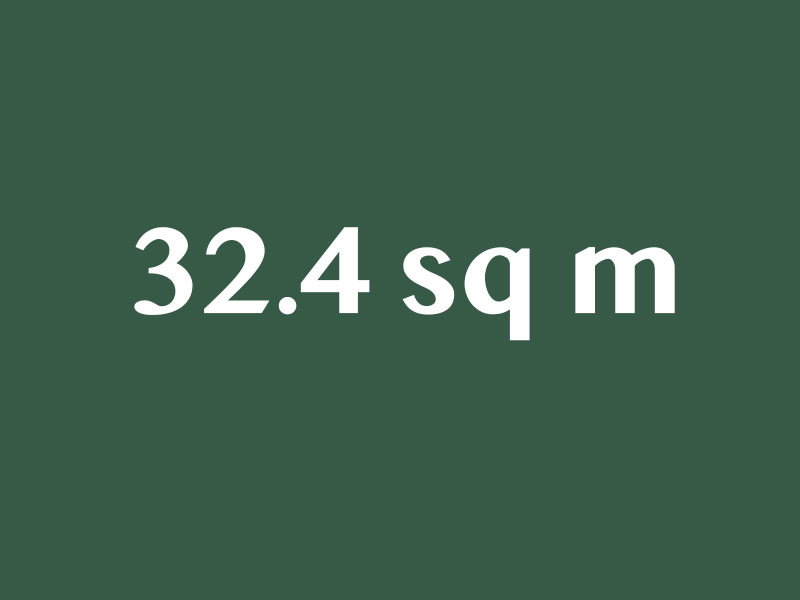
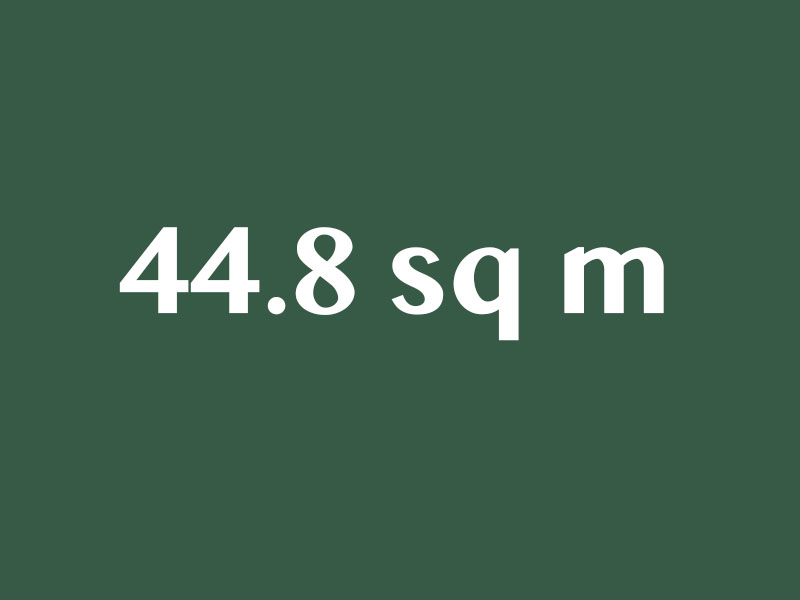
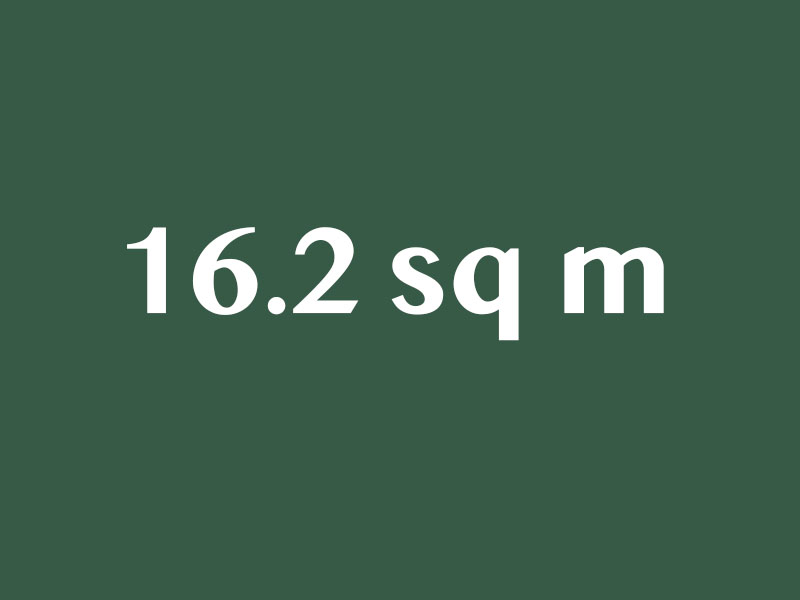
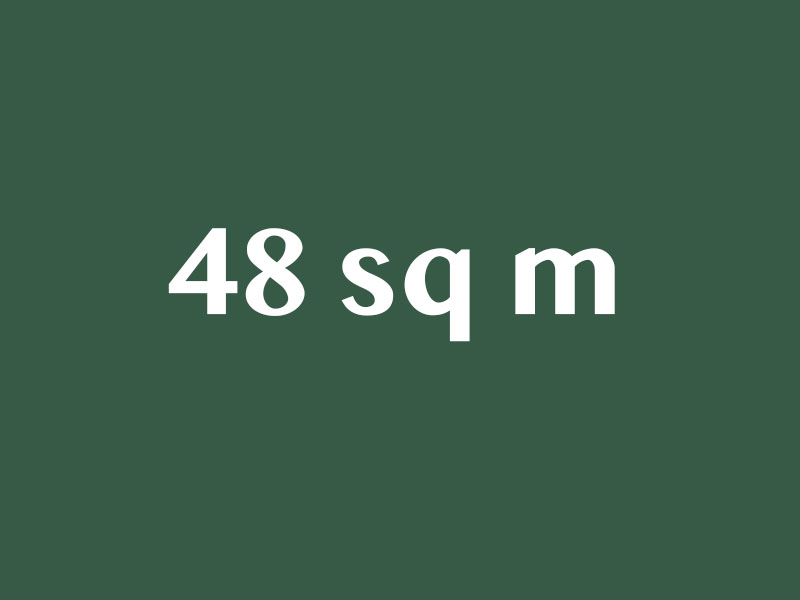
Remember the explanation to question # 2: If you are painting more than one wall, just add the total areas together. Then, subtract the surface areas of the doors, windows, and fixtures from the product. The difference is the total paintable area.
First, get the surface area of one wall. (3 m x 4 m= 12 sq m). Since it’s a square room, we can assume that each wall has an equal surface area of 12 sq m. Because you’ll be painting all four walls, we need to add up the surface area of the walls. (12 sq m + 12 sq m +12 sq m + 12 sq m= 48 sq m). After that, we subtract the sum of the surface area of the door and window from 48 sq m. to get the total paintable area.
For the rectangular door, multiply its height (2.2 m) by its width (0.8 m ) to get 1.76 sq m. For the square window, multiply 1.2 m by itself, so the answer is 1.44 sq m. Then, we’ll add up the surface area of the door and window, which is 3.2 sq m. Next, we subtract 3.2 sq m from 48 sq m to get the total paintable area.
48 sq m – (1.76 sq m + 1.44 sq m)
48 sq m – 3.2 sq m
=44.8 sq m (total paintable area)
Which of the following formula should you use to estimate the amount of paint you’ll need?
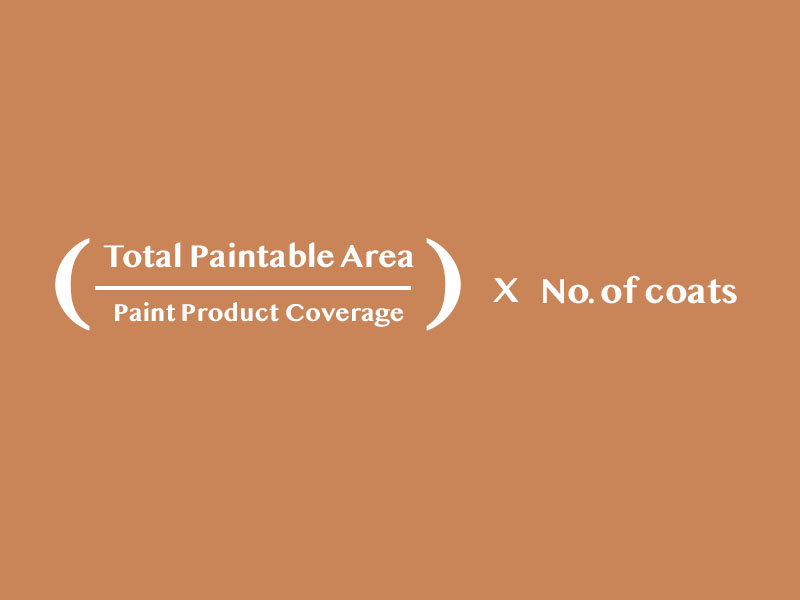
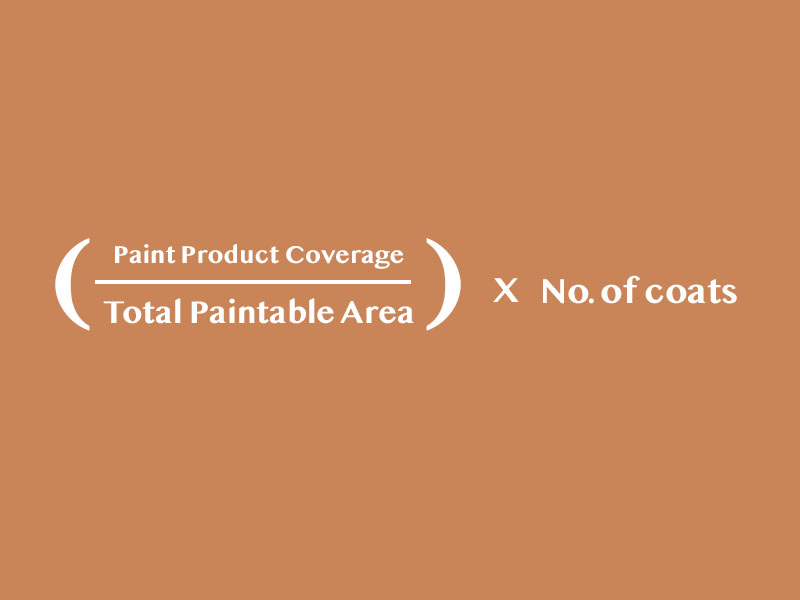

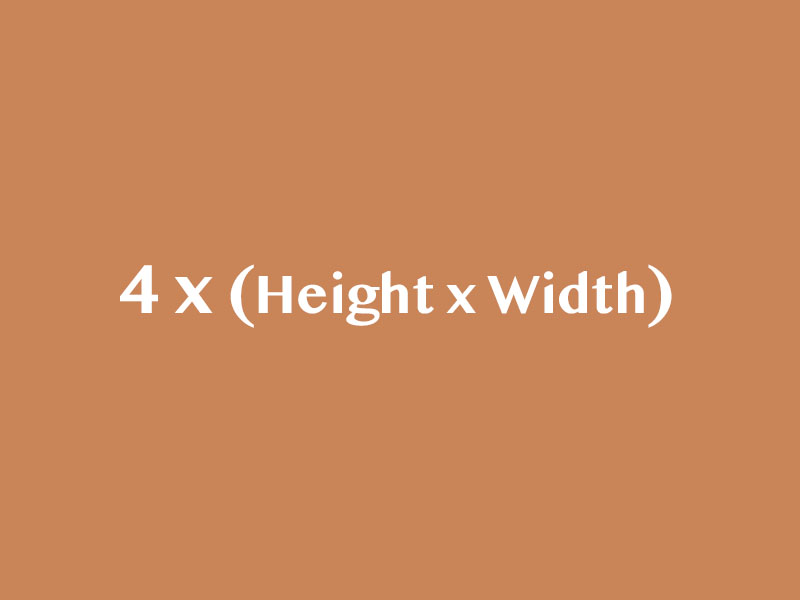
We divide the total paintable area by the paint product coverage, then multiply the quotient by the number of coats. We get the paint product coverage by checking the product information published on the Boysen website, or you can find it printed on the paint can.
A room has a total paintable area of 90 sq.m. Assume that you will paint 2 coats, how many liters of Boysen Healthy Home would you need for this painting job? Hint:Boysen Healthy Home can cover up to 30-35 sq. m. per coat, depending on surface texture and porosity.
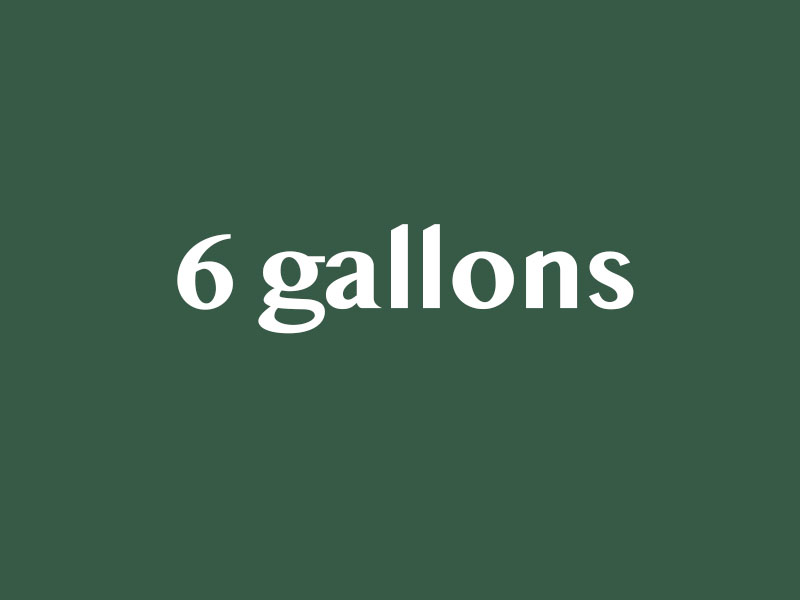
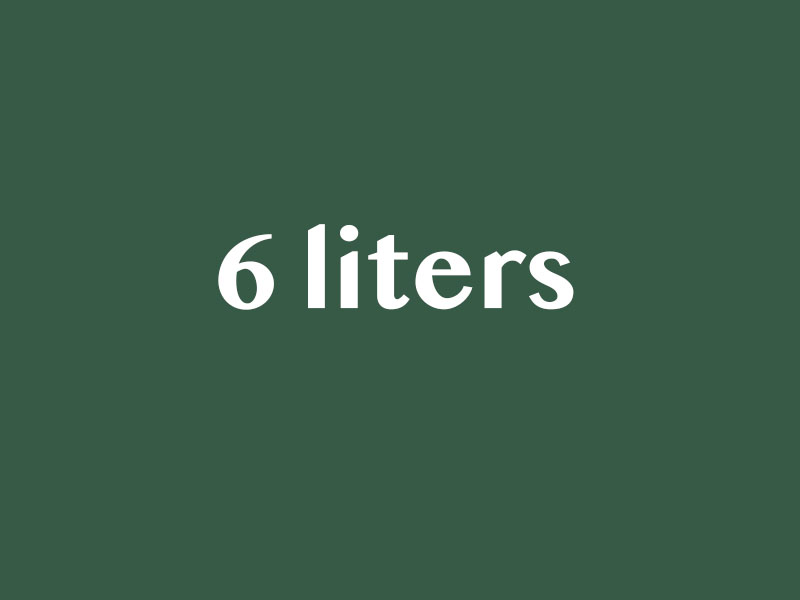
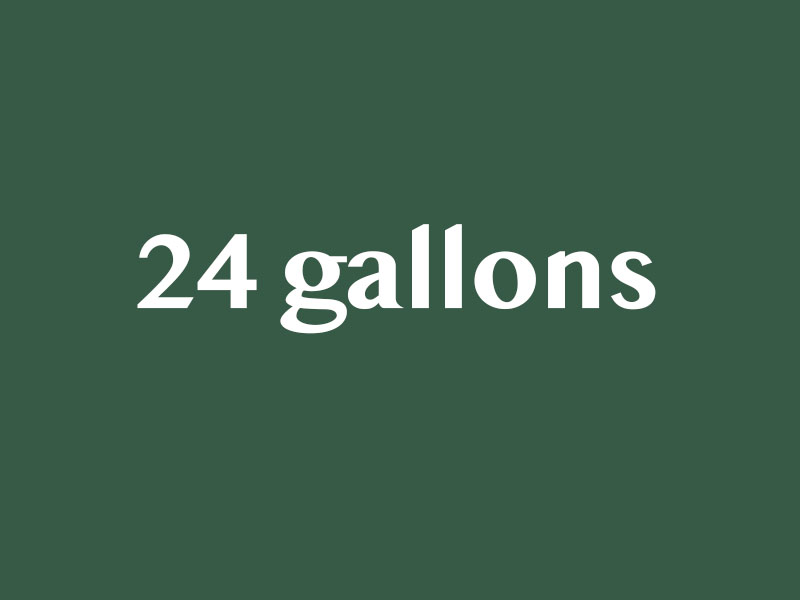
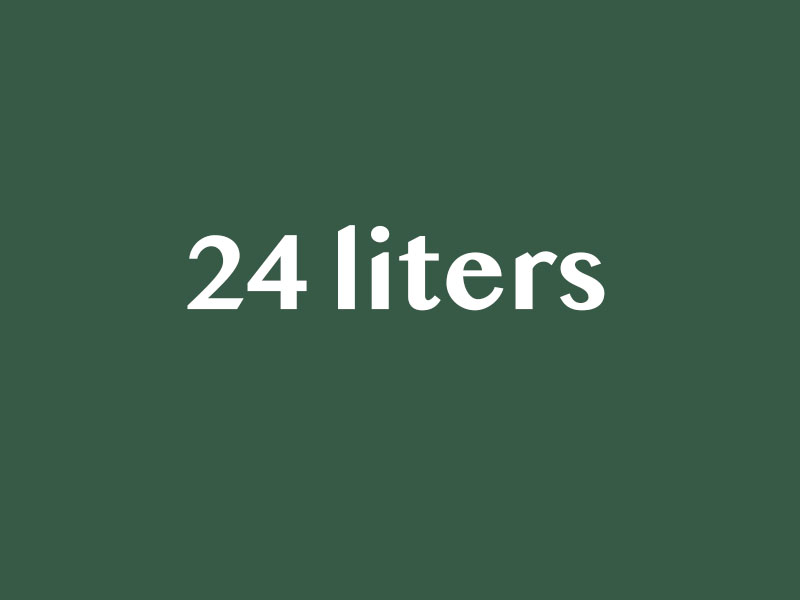
We will use this formula:
(Total paintable area/Paint product coverage) x No. of coats
In this example, the total paintable area is 90 sq m. We want to use Boysen Healthy Home, which can cover 30-35 sq m per coat depending on surface texture and porosity. We divide the paintable area by the paint product coverage, then multiply the quotient by the number of coats. (90 ÷ 30 ) x 2 = 6 gallons.
Finally, we convert the gallons to liters, so we’ll know what Boysen paint packaging size to get—they usually come in 1-liter, 4-liter, and 16-liter cans. 1 gallon is equal to 4 liters, that’s why we multiply 6 by 4. The answer is 24 liters.
You have to buy six cans of a 4-Liter Boysen Healthy Home.
All of these are ways to estimate the amount of paint you’ll need, except:
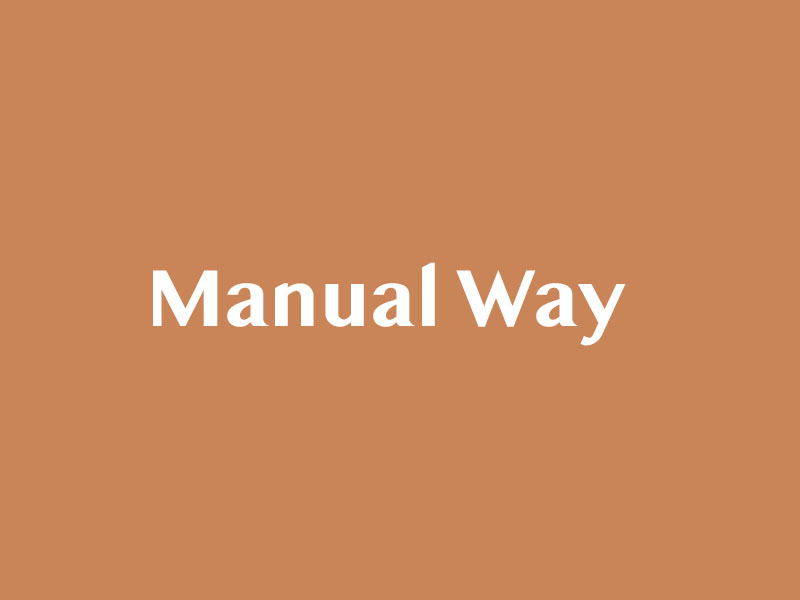


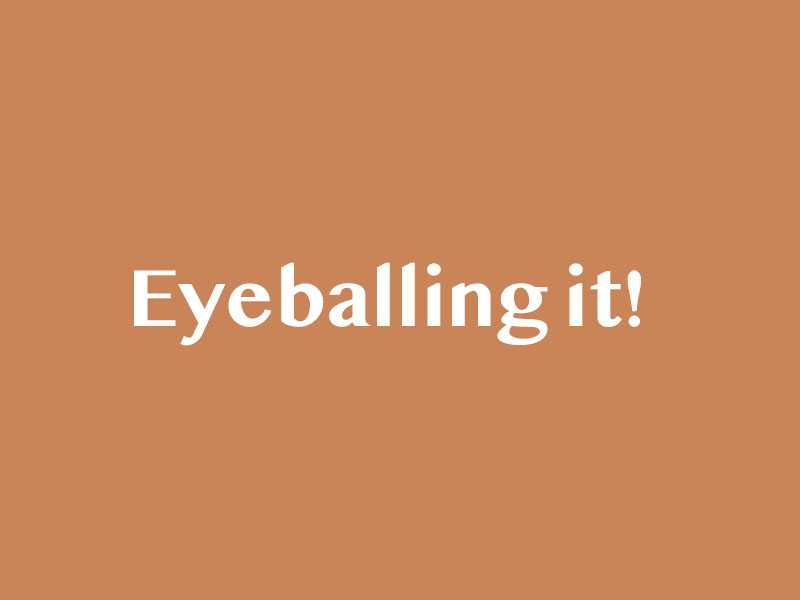
Don’t eyeball it! You can estimate the amount of paint you’ll need by using the Boysen Paint Calculator. You can access it by clicking this link or download the Boysen app from the App Store or Play Store.
If you love to compute it manually, you may do so by using this formula:
(Total paintable area/Paint product coverage) x No. of coats
Share results:
Easy as one-two-three!
What score did you get? Share your results in the comments section below!
Now that you know how much paint you’ll need for your paint project, the next step is to choose the right paint finish! Take this test about paint finishes to learn more about them before heading to the depot.




